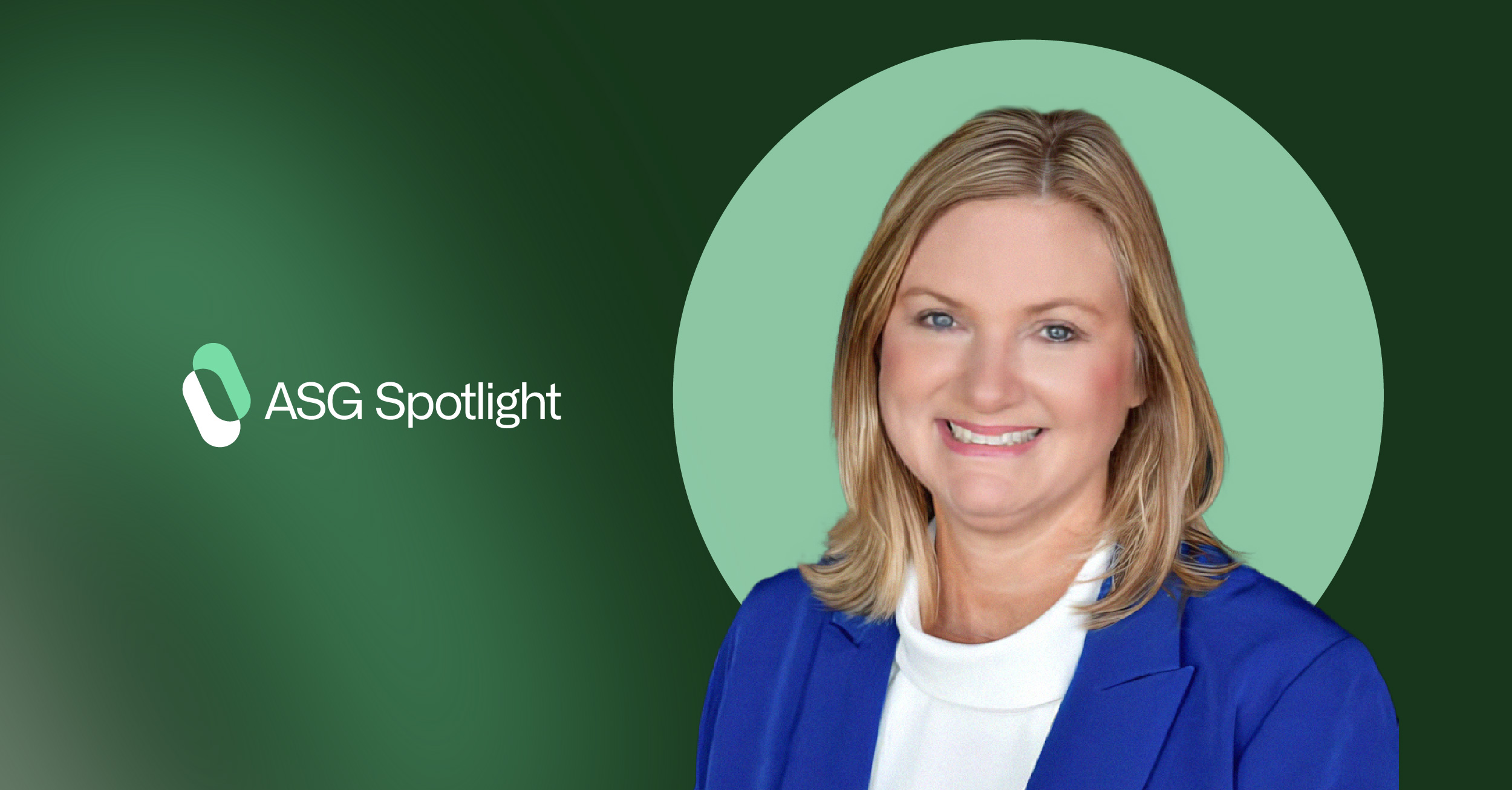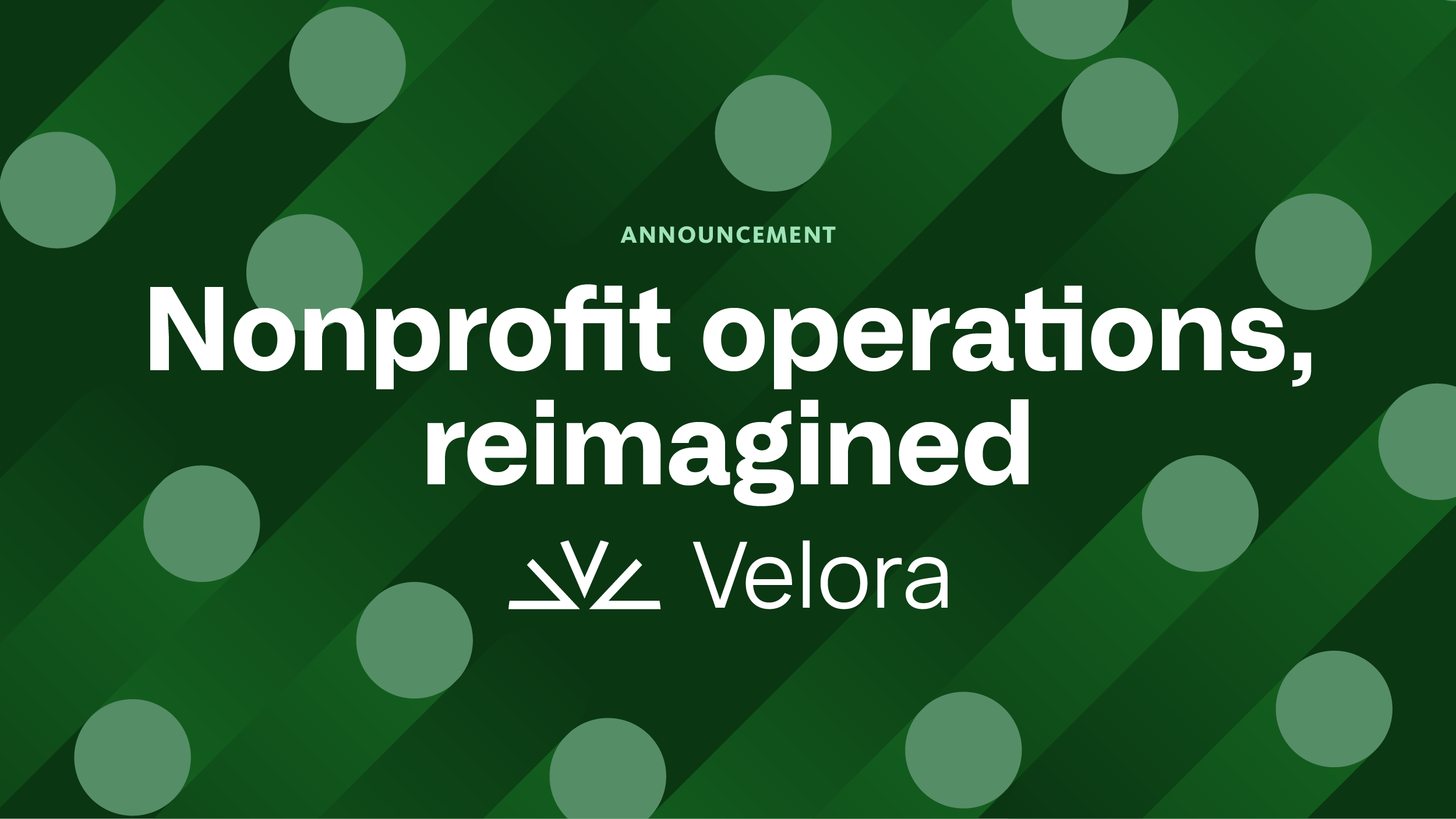Even a CEO has a first day.
What does it take to join a new company, in a brand-new industry, and start calling the shots? As a many-time CEO across a range of industries, Visual Matrix CEO Georgine Muntz has learned that lesson more than once. As a result, she’s honed a simple process that streamlines her learning in three key areas:
- Getting to know her team’s needs and goals
- Understanding the history and nuance of the industry
- Experiencing the way customers actually use the product
With her first weeks behind her and a solid understanding of her new company’s landscape, Muntz can then focus her leadership on maximizing her impact and that of her team. Read on for Muntz’s take on building trust early on, the power of software to make positive change, and why creating cultures where anyone can thrive is the best way to build balanced, diverse teams.
Visual Matrix CEO Georgine Muntz on Her Methods for Ramping Up, Building Trust and Making an Impact Through Software
Georgine Muntz is no stranger to transitions. The well-regarded leader of ASG’s Visual Matrix has helped companies soar in the auto finance, childcare and now hospitality industries. With a background that includes founder, mentor and multi-time CEO, she’s focused on building thriving teams while continuing to prioritize her own learning and growth. Muntz shares her foolproof process for getting up to speed in a new company, the many ways to make an impact through software, and the power of building your own networks — to lift up women in hospitality or to learn an unfamiliar industry.
Tell us about your background and how it led you to become CEO in the ASG community.
I come from really humble roots; I grew up in a poor family in rural Oklahoma. That start to life has helped me continue to ground myself wherever I go and whoever I lead. I always aim to treat people fairly and provide value to my business, and I ask for that same commitment from my teams.
I earned my undergrad degree in accounting, but was really drawn to finance and strategy, so I got my MBA at the University of Chicago. I landed a strategy job for an auto finance company in the late 90s, just as we were figuring out how to use the internet for business. That was one of the best jobs at such a transformative time, and I learned so much about taking an industry from paper to digital systems. After a brief stint in banking, I returned to auto finance, this time working closely with one of my mentors. From there I co-founded defi SOLUTIONS, an auto finance loan origination system. That experience as a female founder in Fintech taught me about leadership, people and managing a lot of different pressures at once. We grew that company over the course of five years and exited to Bain Venture Capital. I was still transitioning the business when I heard from Alpine Investors about an opportunity at their software platform, ASG.
How did you decide that ASG was a good fit at this point in your career?
ASG was looking for a CEO in the Dallas area who was familiar with SaaS, and they liked that my LinkedIn mentioned my “people first” leadership style. I was initially skeptical because the opportunity was in an industry I wasn’t familiar with, but after several conversations, I got on board. The biggest selling point for me was the chance to join a growing number of female CEOs at ASG, and to mentor younger female leaders throughout the portfolio.
Tell us a bit about Visual Matrix and some of the challenges the company is solving today.
Visual Matrix started in 2000 and has grown to serve all different types of hotels — everything from the very basic roadside hotel you may book near an airport, to a resort or high-end hotel for your vacation.
The hospitality industry is just catching up with other industries in terms of digitization, so it’s an exciting time to run a SaaS company that serves hotels. I love seeing any kind of business go from clunky, paper processes to automated ones. Around half of all hotels are becoming more technologically advanced, and the other half are realizing that they need to take steps to get there. I hope to see many more hotels benefiting from automation and technology in the next three to five years.
Visual Matrix is the software at the heart of a hotel. Our Property Management System (PMS) handles everything from checking in and out to processing credit cards and managing room inventory — including whether they’re clean or dirty. It integrates with door-locking systems, thermostats, phones, payment processing and the million different things happening at the hotel. It also connects with the CRM system that keeps track of who customers are, when they last visited, their preferences, etc., and helps the housekeepers and maintenance team communicate information with the front desk.
Our goal is to optimize communication and data so that the hotel operates smoothly and hotel team members can get out from behind computers and focus on helping guests.
You’ve joined several companies from the outside (rather than as a founder). How do you evaluate a company’s pressing needs while building trust with the team early on?
I have a very specific, methodical approach to my first few months as a leader of a new company.
Step one: Set meetings with everyone impacted by the change. At Visual Matrix, that meant every single employee.
Step two: Ask three questions and record the answers in a doc or spreadsheet.
- How do you like working here? Why?
- Tell me three things that I can do to make working here even better. Usually they’ll tell me two things right away and I’ll have to really dig to get the third answer, though that third answer ends up being the most important one.
- Tell me three things you can do to make this a better place to work. The same logic applies here, I usually have to dig for that third thing.
Step three: I summarize my results and look for two to three consistent actions that can impact the team’s culture and engagement. Communication, people problems — like having the right people in the right seats, and process challenges usually top the list. I aim to tackle these within the first 90 days, which helps the team see that I’m the kind of person who really listens and does what I say I’m going to do.
Step four: I meet with everyone again a few months later to check in on the progress they’ve made on their three things. Almost everyone will have completed all three. Then I share my progress on my list, and I usually will have completed at least one or two of their asks, since there tends to be so much overlap across the team.
While this exercise helps build trust and improve culture — I often see an engagement score improvement over the course of the first 90 days — it’s also extremely valuable from a business strategy perspective. I always discover opportunities for change or growth.
Joining a new industry involves a necessary learning curve. How do you speed up that process so that you can hit the ground running?
I’ve noticed that 80% of the problems a CEO faces will likely be the same across industries, especially with software and technology. The other 20% — a very, very important 20% — is specific to that industry. In order to come up with a good strategy, you need context and history, which can take time to build. When I first joined Visual Matrix, I realized I needed an advisory council with depth and connections in hospitality to help me get up to speed in the industry and to help guide some of my early decisions.
My advisory council includes four people with deep hospitality knowledge and experience, including the former head of IBM’s International Hospitality team and former top hospitality executives. Creating the council was a big jumpstart; I got to learn from them in rapid fire about everything from customers and the industry to the nuances and history of hospitality. One of the first projects we undertook was to lay out a strategy for Visual Matrix over the course of three months; I couldn’t have done that without their support and guidance. I’ve kept that team in place, and still lean on them regularly for industry context or connections.
Tell us a bit about the work you’ve done to create balanced leadership teams, both at Visual Matrix and beyond?
Within Alpine and ASG, I’ve mentored several female CEOs. We meet monthly to talk through issues or share experiences and knowledge. My own executive team at Visual Matrix is a little more than half female. When I hire, I’m always looking to find the best people for the role, and I make sure to look for balance within my leadership teams. Sometimes that means drawing on my own network or reaching out to amazing women I’ve worked with before. Attracting more women is just the start, but making sure the culture is conducive to everyone being successful, men or women, is even more important.
Oftentimes, the travel responsibilities for a leadership role mean that women with families won’t apply as often as men. I’ve raised children while running businesses so I’ve lived that experience and aim to create policies and flexibility on my teams that allows anyone who may take on primary childcare responsibilities to thrive and grow in their career.
Back in my auto finance days, we launched a women’s leadership council which was the first of its kind and was very effective in bringing together more women in the industry. When I joined Visual Matrix and started looking for the same thing in hospitality, I noticed that while the industries share a lot of overlap in terms of organizations and conferences, there was nothing just for women. So I worked with a consultant friend to set up a women’s innovation council. We meet every quarter to discuss ways we can help hospitality catch up with this technology deficit, and also how we can help elevate women to higher-level positions; it’s become extremely popular. One hope I have for the future is that more women will own hotels. A lot of general managers and leaders at hotels are women, but far fewer are owners.
Outside of your team, how do you view your ability to make an impact as a CEO of a software company?
One effort that has become more central to Visual Matrix lately has been using our software and partnerships to help eliminate human and sex trafficking. Around 70-80% of all sex trafficking happens in hotels, so we feel called to not just discuss the issue but to do something about it. We pulled together a council to help create technology that will prevent human trafficking in the hotels that use Visual Matrix. We’ve added anti-trafficking training to our website and into the onboarding workflow, so every new employee who joins a hotel will learn how to use our software and also how to spot suspicious activity. We also donate 1% of our 2025 housekeeping system sales to an organization that helps survivors of trafficking once they’ve escaped that system. I’ve seen my whole team light up over this initiative because most have worked in hotels before and it’s a really human cause to get behind. It’s not very often that you can make a really big difference in the world with your technology, but when you can, it’s incredibly energizing.
What would you say to women just starting out in their careers who hope to lead teams or join the C-suite some day?
When you’re just starting out, or taking on your first leadership role, focus on doing your job well, understand people and keep learning. If your goal is to run a company one day, look out for opportunities to get into operational or financial roles. Even if you start in marketing or HR, learning how a company makes and loses money will give you more opportunities to reach those higher leadership levels. Regardless of your degree or experience, start finding ways to learn the skills you need to gain that breadth.
What's something that you wish you'd learned earlier in your career?
When I first started taking on leadership positions as a type A 20-year-old, I wish I had realized that people don’t do what you want them to do; they do what they want to do. If you’re going to lead people, find a way to align the goals of the company with your teams’ motivations. I used to think, “If I’m right, people will listen to me.” Well, no, that’s not how people work. If I had learned that lesson sooner, I probably would have changed my style and been a more effective leader more quickly.




.png)


